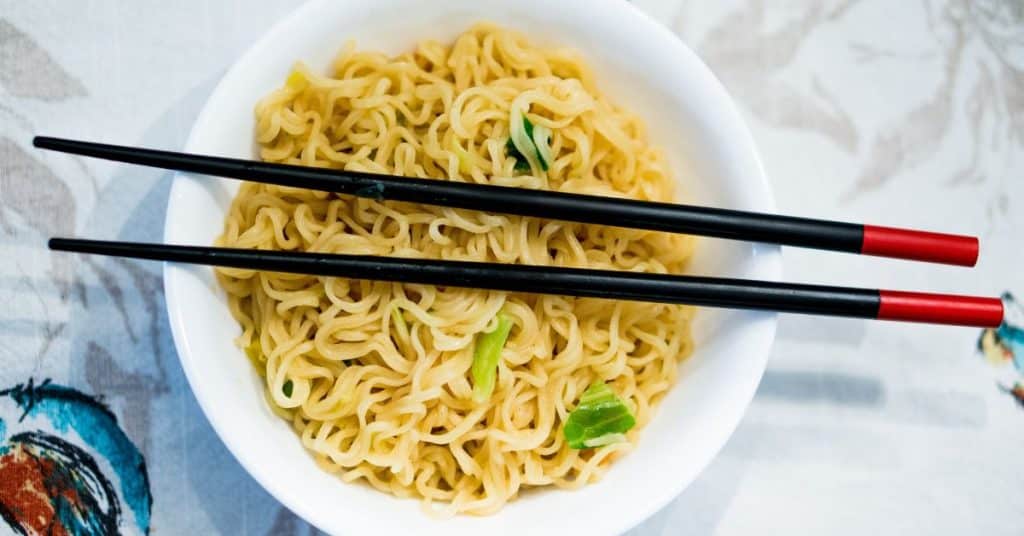

Monosodium glutamate (MSG) is an additive commonly used in many processed foods, including canned soups, sauces, and condiments. It gives a lot of foods their umami flavor, the savory character found naturally in many foods and which chefs spend a lot of time learning about. MSG is also one of the more controversial additives used in food. Many organizations, including the Food and Drug Administration (FDA), claim it is safe to consume, whereas others suggest a link between MSG and obesity.[1][2][3]
Regarding its regulation by the FDA, MSG has the status of generally recognized as safe (GRAS). However, the FDA’s regulatory oversight over such substances and the process by which additives achieve GRAS status are seriously flawed.[4] In many cases, food manufacturers are allowed to unilaterally assign GRAS status to additives without notifying the FDA. Some additives with the GRAS status turn out to be anything but safe and are even later removed entirely from the marketplace.[5][6]
I have avoided MSG since I was a teenager because it gives me headaches. Back then I assumed that Chinese food (one of my favorite cuisines) was the only culprit. I used to call ahead when going to a Chinese restaurant to ask if they used this additive in their dishes. Then I learned that MSG was added to some of the processed foods I used at home and that MSG does not have to be listed on an ingredient label if it contains less than 78 percent free glutamate.
It was not until I adopted a whole food, plant-based (WFPB) lifestyle about 20 years ago that I stopped buying most processed foods and thus bypassed MSG and a slew of other nutrient-deficient non-foods. Because I rarely buy processed foods, I no longer have to read labels so carefully or worry about what additives I might be eating. I even make my own spice blends, mayonnaise, salad dressings, and sauces. Doing so guarantees that I have more control over what goes into my body, and the benefits are multifold. The time I used to spend reading labels and recovering from headaches can now be spent in the kitchen making delicious foods that enrich my life. It is a win-win situation.
To be extra careful, I read all the labels on the few processed foods I still buy—vinegar, tamari or soy sauce, miso, etc.—and buy from reputable sources that sell spices free of MSG.
Nothing excites me more than sharing this knowledge with others to help them be more self-sufficient in their own kitchens. While researchers debate the good and the bad about additives like MSG, I teach folks in CNS Kitchen how to prepare healthy dishes without it. Our goal in CNS Kitchen is to give students the confidence to cook healthy, delicious meals at home without worrying about things like MSG. Our recipes are straightforward and accessible for all levels of experience, and we do everything in a fun, relaxed environment. I hope you consider joining us in this free, vibrant online community!
Copyright 2026 Center for Nutrition Studies. All rights reserved.